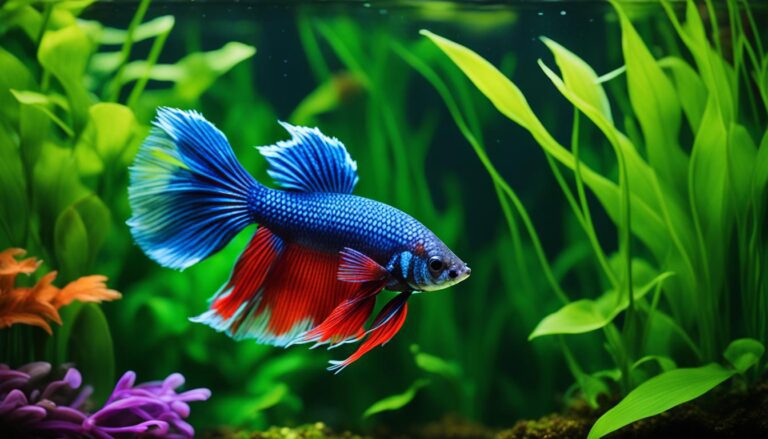
Best Betta Fish Plants for Stunning Aquariums
Discover the top 8 plants that will transform your betta fish aquarium into an underwater paradise. Perfect picks for vibrant,…

Discover the top 8 plants that will transform your betta fish aquarium into an underwater paradise. Perfect picks for vibrant,…
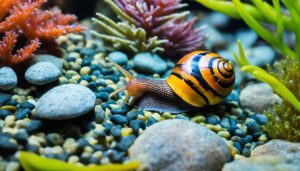
Explore the world of nerite snails with essential care tips, species insights, and habitat needs…

Dive into the vibrant world of Bengal Danios! Learn about their ideal tank setup, size, lifespan, breeding habits, and more…
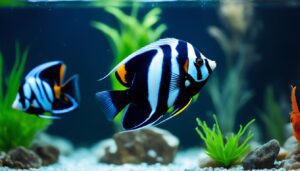
Discover the essentials for Marble Angelfish care, including size, lifespan, tank tips, and breeding advice to keep your aquatic pet…

Discover if a refractometer is good for maintaining perfect salinity in your aquarium. An essential tool for serious hobbyists!

Discover the essentials of Assam Danio care in my guide covering species details, perfect tank setups, and tips for a…

Dive into the world of Half-Black Angelfish — learn about their origins, ideal habitats, and get tips on care and…

Discover essential care tips for your Blushing Angelfish, from ideal tank size and lifespan to compatible tank mates and more…
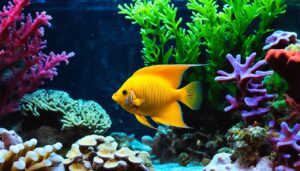
Dive into the world of Golden Angelfish with my expert care guide, breeding tips, and fascinating facts to enrich your…

Dive into the world of the Black Lace Angelfish with my guide on care, breeding, and expert tips for vibrant,…
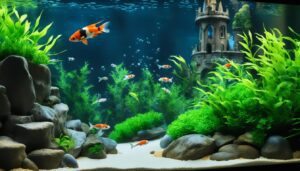
Join me as I delve into caring for Koi Angelfish, covering size, lifespan, breeding tips, and the ideal tank setup…

Discover effective strategies to combat fungal infections in your aquarium, ensuring a healthy, vibrant underwater world. Learn to treat and…
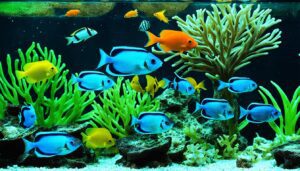
Explore the causes of fin rot disease, learn effective treatments, and find out how to prevent it in your aquarium.…
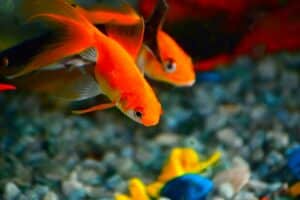
Explore treatments and prevention for common goldfish diseases to keep your aquatic friends healthy and happy. Expert tips inside!
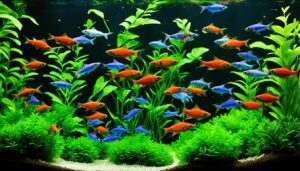
Definitive care guide to Congo tetras, their size, lifespan, breeding, and ideal tank setup. Learn how to care for these…

Explore the fascinating world of rabbit snails with my comprehensive care guide, featuring size, lifespan, tank setup, and tips to…
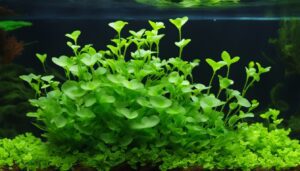
Discover the secrets to thriving Bacopa Caroliniana in your aquarium. Learn about its growth, planting tips, and how to care…
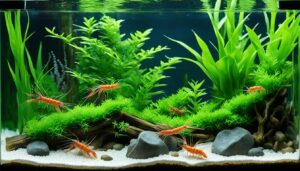
Explore the captivating world of bamboo shrimp care, from tank setup and water conditions to their unique size, lifespan, and…
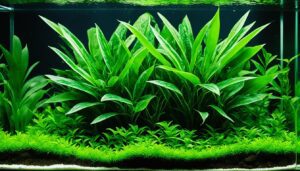
Learn the keys to keeping your Amazon sword plant healthy, including how to achieve the best growth rates and important…
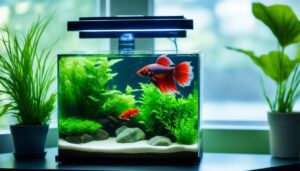
Discover expert tips for keeping your betta in a 2.5 gallon tank healthy and happy. Get insights on small tank…